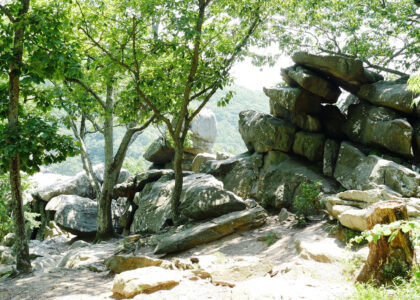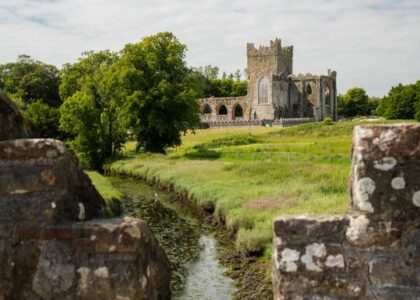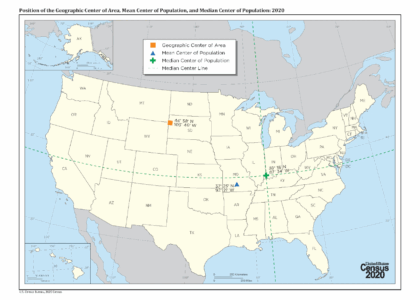Welcome to the Humboldt-Toiyabe National Forest, an expansive natural wonder that offers a glimpse into both the ecological and cultural history of the American West. Stretching across Nevada and into California, this forest is unique in its patchwork of non-contiguous sections, each with its own distinct beauty and historical significance.
The forest as we know it today was officially established in 1908, following the merging of several smaller forest reserves. This was during a time when the U.S. government, under President Theodore Roosevelt, was actively working to conserve natural lands amidst rapid industrialization. The Humboldt and Toiyabe National Forests were initially separate entities, with the Humboldt named after the German naturalist Alexander von Humboldt and the Toiyabe named after the Native American Shoshone word for ‘mountain.’
A significant part of the forest’s charm lies in the Austin-Tonopah Ranger District, which spans over 2.1 million acres, making it the largest district in the lower 48 states. This area is known for its rugged mountain ranges like the Toiyabe Range and the Toquima Range, and also for the historic U.S. Route 50, dubbed ‘The Loneliest Road in America.’ This route offers travelers sweeping vistas and a journey through the heart of Nevada’s wild terrain.
Throughout history, the forest has been a silent witness to the ebb and flow of human activity. Native American tribes, including the Shoshone and Paiute, have long called these lands home, relying on its resources for sustenance. In the 19th century, miners flocked to the area during the Nevada silver rush, leaving behind ghost towns and tales of fortune and hardship.
In the 20th century, the forest played a critical role in providing timber and other resources during both World Wars, demonstrating its importance beyond recreation. Today, it stands as a testament to conservation efforts, offering countless opportunities for hiking, camping, fishing, and winter sports.
As you explore the Humboldt-Toiyabe National Forest, consider the countless stories embedded in its landscapes—from ancient tribal lands and paths worn by miners to the modern trails enjoyed by outdoor enthusiasts. Each tree and trail carries the whispers of the past, inviting you to become a part of its ongoing history.





